Estimated reading time: 20 minutes
Imagine having a garden that requires minimal maintenance and yet provides you with an abundance of fresh produce every year.
Sounds too good to be true? Well, it’s not!
There are dozens of different perennials that you can add to your garden and enjoy the rewards of year after year with minimal effort.
In this post, we’ll help you discover these outstanding (and productive!) plants that will feed you season after season. You're practically guaranteed to have a bountiful harvest for years to come.
Want to save this post for later? Click Here to Pin It On Pinterest!
Which Plants Come Back Year After Year?
Perennial crops are plants that can survive for several seasons, often with minimal maintenance.
Here are 33 of the best fruits and vegetables (and so much more!) you can plant once and harvest from for years to come.
1. Almonds
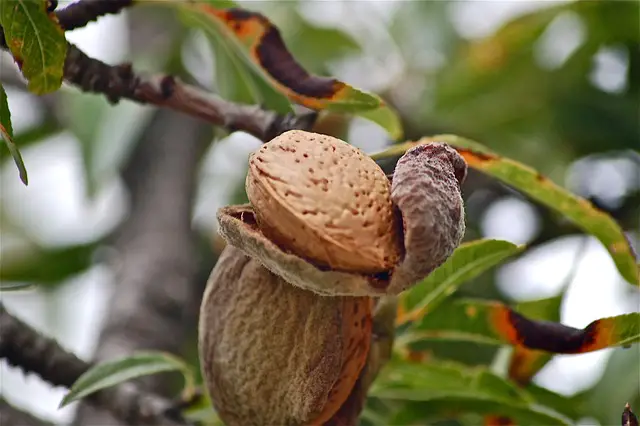
Almonds are a popular nut tree that produces pinkish-white flowers in early spring. These flowers attract bees, which makes them great for pollinating other plants.
Almonds require full sun exposure and well-drained soil. They are also drought-tolerant and can grow up to 30 feet tall. Make sure to prune your almond tree in the late winter or early spring to promote healthy growth.
2. Apple Trees
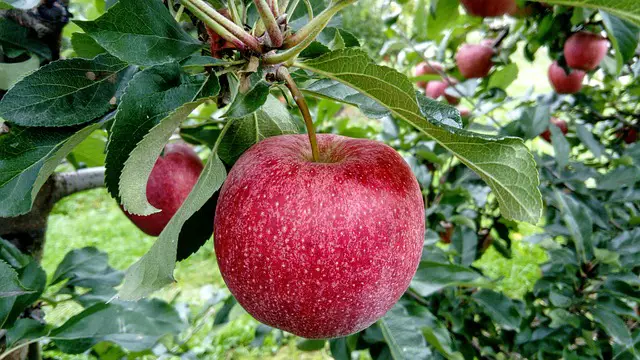
Apple trees are not only beautiful, but they're also delicious, adding a touch of beauty in addition to function to your landscape. They can live for decades and produce fruit every year once they're mature.
Apple trees thrive in areas with cold winters and warm summers. They also need plenty of sunshine and well-drained soil. To keep your apple tree healthy, prune it in the winter and fertilize it in the spring. Make sure you water it regularly, especially during the summer.
3. Apricots
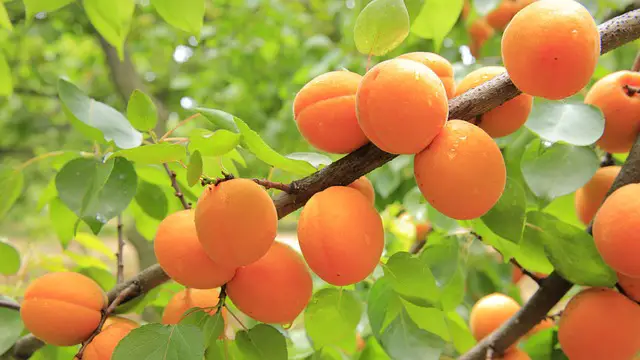
Apricots are a type of stone fruit that’s perfect for baking or eating fresh. They’re also cold-tolerant, making them perfect for gardens in areas with harsh winters.
It’s best to plant apricot trees in soil with good drainage and full sun exposure. Water them deeply and infrequently, and be sure to prune the tree annually to keep it healthy and productive.
4. Asparagus
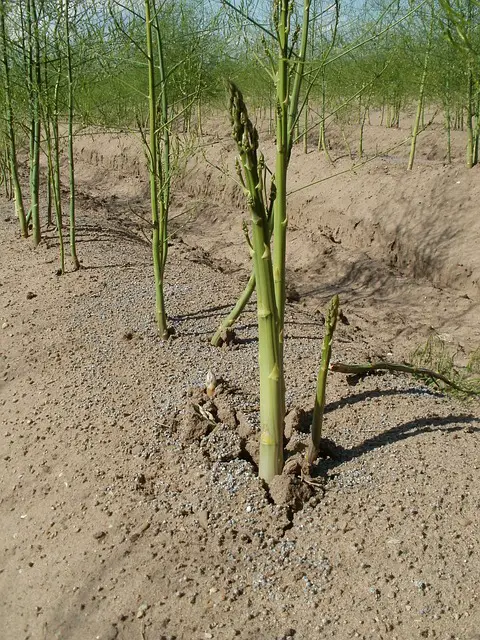
Asparagus has been cultivated for thousands of years as both a food and a medicine. This perennial vegetable is easy to grow and produces spears for up to 25 years! Asparagus thrives in zones 2-8 and needs well-draining soil that is rich in compost.
It is best to plant asparagus in the spring or fall. After planting, make sure to keep the soil moist and weed-free, and cut back any old growth in the fall.
5. Avocado
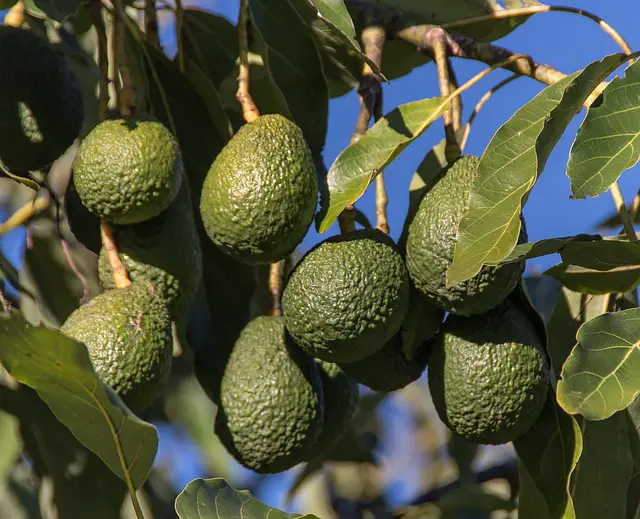
Avocado trees can grow up to 80 feet tall and are perfect for warm climates. They also tend to thrive in well-draining soil and plenty of water. In general, it’s best to plant them in a sunny spot and keep the tree watered consistently. You can also prune the tree occasionally to keep its growth in check.
6. Berries
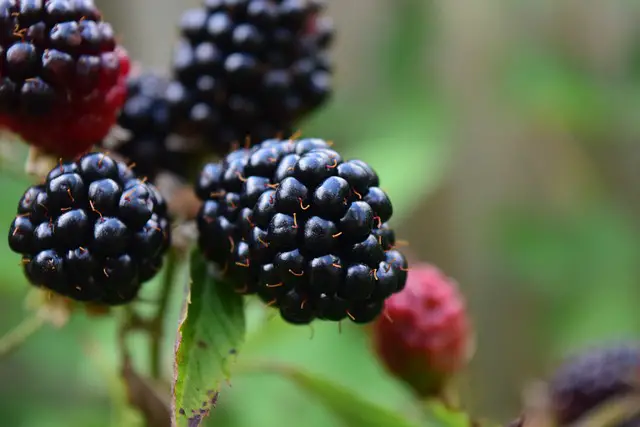
Berries are a fan favorite and make a sweet (and delicious) addition to any garden. Raspberry, blueberry, and blackberry bushes are excellent examples of berries that come back every year. They thrive in hardiness zones 4-11 and prefer slightly acidic soil.
The best time to plant these bushes is in the fall or early spring. Once planted, make sure to prune the bushes every year and provide proper irrigation to keep the soil moist but not waterlogged.
7. Ceylon Spinach
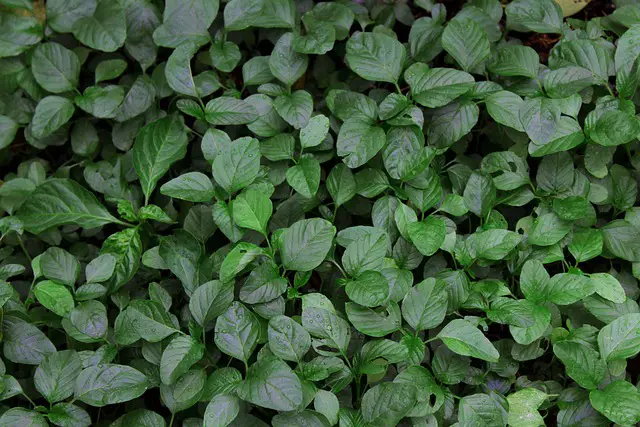
Not all types of spinach are perennial, but Ceylon spinach is a great choice if you're looking for something that will provide a bountiful harvest for years to come.
Ceylon spinach is a leafy green that grows in tropical and subtropical climates. It is prized for its tender leaves and high nutrient content. Ceylon spinach can be grown in a container or in the ground, but it needs a partly shady spot and well-draining soil.
You can harvest ceylon spinach when the leaves are about six inches long. To care for ceylon spinach, make sure to keep the soil moist and fertilized. It will come back year after year as long as the roots are not disturbed.
8. Cherries
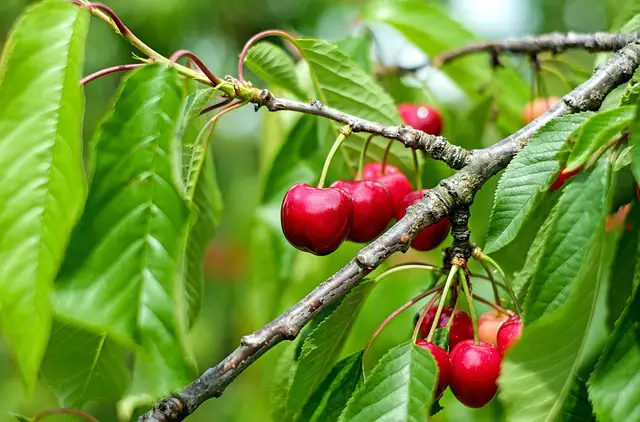
Like apple trees, cherry trees are also gorgeous – and produce delicious fruit. They come in thousands of varieties and thrive in cooler climates.
The best time to plant cherry trees is in the fall or winter when they’re dormant. They prefer well-draining soil and acidic conditions. Cherry trees can also benefit from regular pruning and fertilization to promote healthy growth.
9. Chestnuts
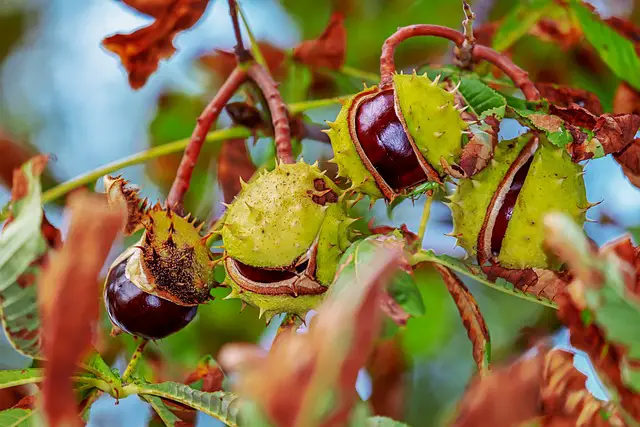
Chestnuts are a type of fruit tree that produce large, brown nuts enclosed in a spiky outer shell. They require full sun exposure and well-drained soil. Chestnuts are also tolerant of drought and can reach a height of 60 feet.
Keep in mind that chestnuts may take up to seven years to produce fruit, but the wait is worth it! Prune your chestnut tree in the late winter or early spring to promote healthy growth.
10. Chinese Leeks
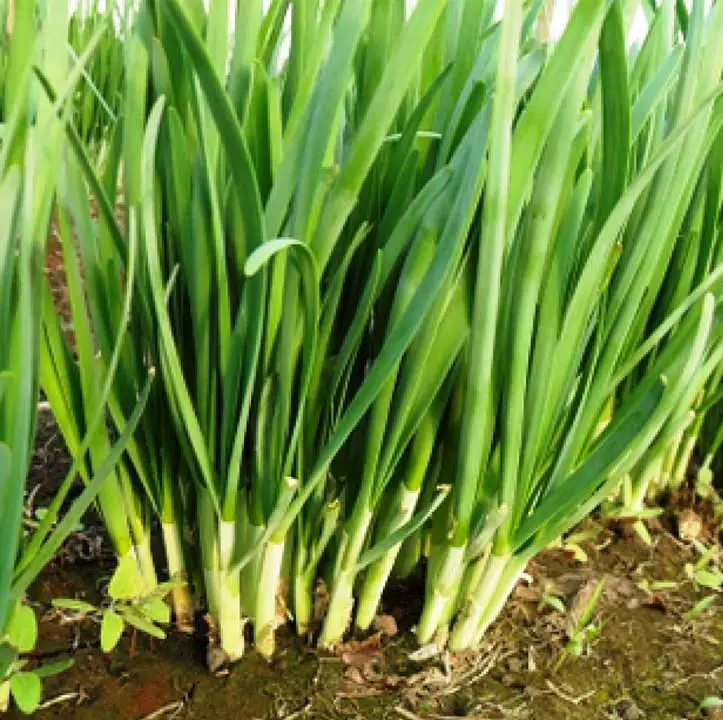
Chinese leeks are a great addition to your garden if you want some lovely greens. They belong to the chive family and are easy to take care of. These perennials grow up to two feet tall and produce white, globe-like flowers.
In China, they are commonly used to flavor stir-fries or to make dumplings.
Chinese leeks thrive in full sun and well-drained soil. They're adaptable to any soil type so that you can plant them anywhere. Once mature, they can be harvested by cutting them with a pair of scissors. Harvest them throughout the year and leave some behind for the new growth before winter.
11. Chives
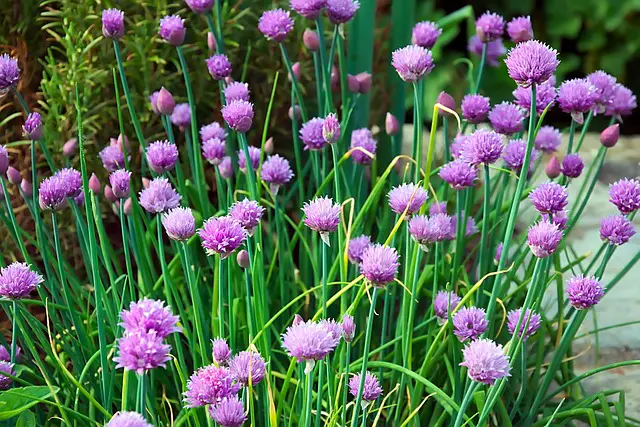
Chives are a type of herb that's commonly used in cooking. They're easy to grow and require very little maintenance.
Chives like full sun or partial shade and fertile, well-drained soil. They also need to be watered regularly, especially when they're young. To keep your chives healthy, cut them back to the ground in the fall. They'll regrow in the spring.
12. Currants
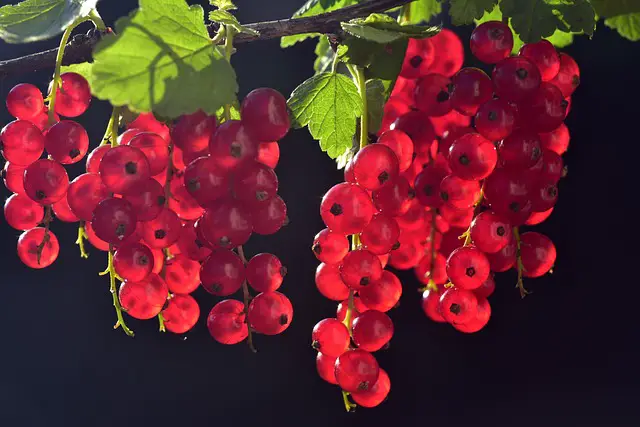
Currants are a delicious and nutritious fruit that grows on a shrub. They come in red, black, and white varieties and can be eaten raw, cooked, or made into jam.
Currants thrive in moist, well-drained soil and partial shade. Water them regularly, but make sure not to overwater them, as they are susceptible to root rot.
13. Figs
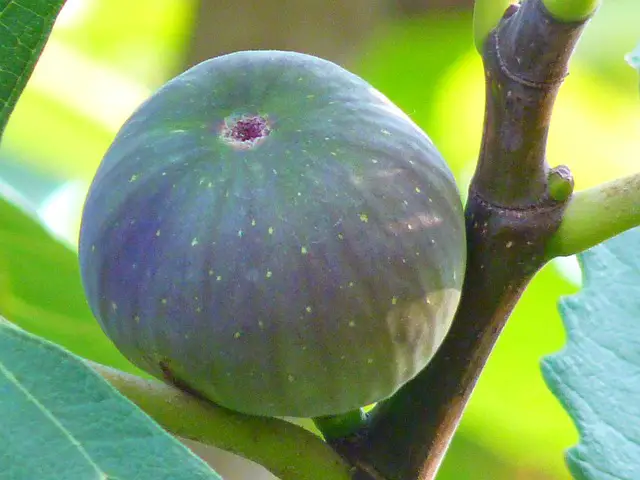
Figs are sweet and juicy fruits that grow on trees. They can be grown in almost any climate, but they do best in warm areas with long growing seasons.
Figs need plenty of sunshine and well-drained soil. They also need to be watered regularly, especially during the hot summer months. To keep your fig tree healthy, prune it in the winter and fertilize it in the spring.
14. Ginger

Ginger is a versatile plant that can be used in both sweet and savory dishes. But did you know that it’s also an excellent plant to grow in your garden? Ginger is a tropical plant that prefers warm, humid climates.
You can grow ginger indoors in a pot, or outdoors in a warm, shady spot. Ginger plants grow from rhizomes, which are often sold in garden centers. Plant the rhizome in well-draining soil and keep it moist.
Ginger plants can take a while to grow, but once they do, they’re impressive.
They can be up to four feet tall and produce gorgeous flowers. Once they’re established, ginger plants don’t need much care, just make sure you water them regularly and protect them from direct sunlight.
15. Grapes
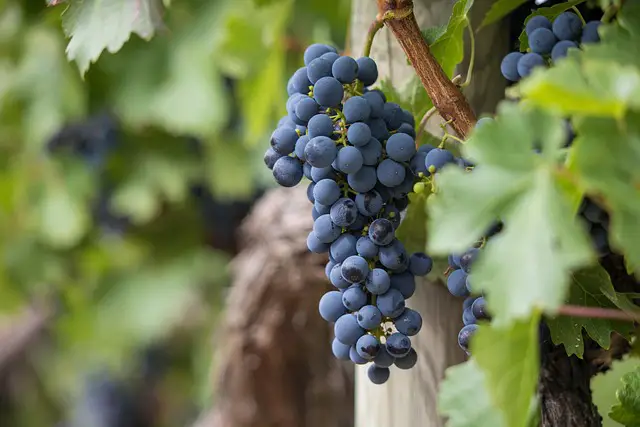
Wine lovers, rejoice! Grapes are a delicious and easy-to-grow crop that comes back year after year. Some of the most popular grape varieties are Concord, Thompson seedless, and Muscadine.
In general, grapes thrive in zones 5-8 and prefer well-draining, slightly acidic soil. The best time to plant grapes is in the spring. Once planted, make sure to prune the vines in the winter, and thin out any excess growth in the spring.
16. Hazelnuts
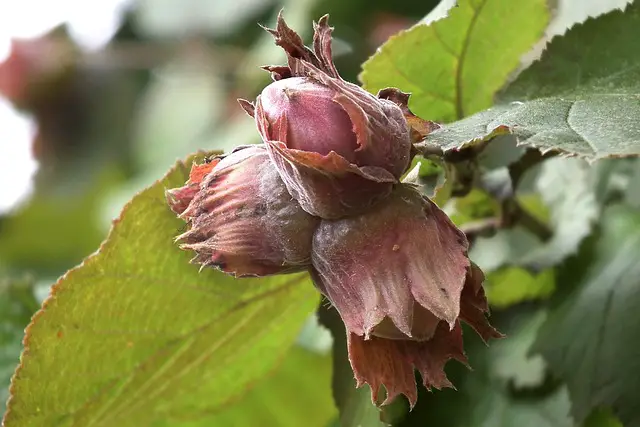
Hazelnuts are a type of nut tree that produce yellow flowers in late winter or early spring. They require full sun exposure and well-drained soil.
Hazelnut trees can grow up to 20 feet tall and have a spreading canopy. They are also tolerant of drought and frost. Make sure to prune your hazelnut tree in the late winter or early spring to promote healthy growth.
17. Horseradish
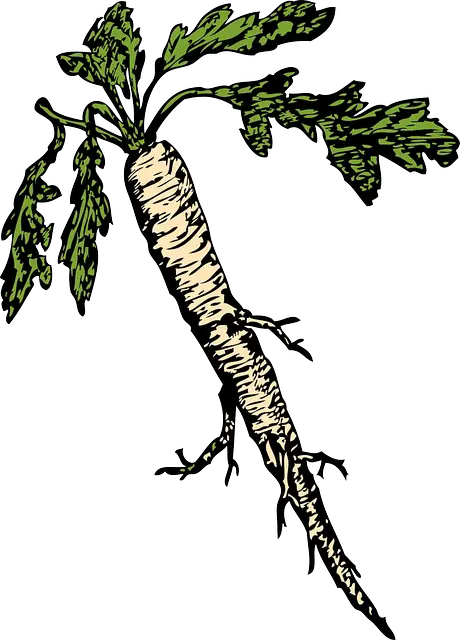
Horseradish is a low-maintenance plant that will return year after year without much fuss. It is a hardy perennial that prefers full sunlight and well-draining soil.
Horseradish can be harvested once the plant has reached maturity, usually after two years in the ground. Simply dig up the root and store it in the refrigerator until ready to use. Horseradish can be used in a variety of dishes and is well-known for its sharp, pungent flavor.
18. Japanese Bunching Onions
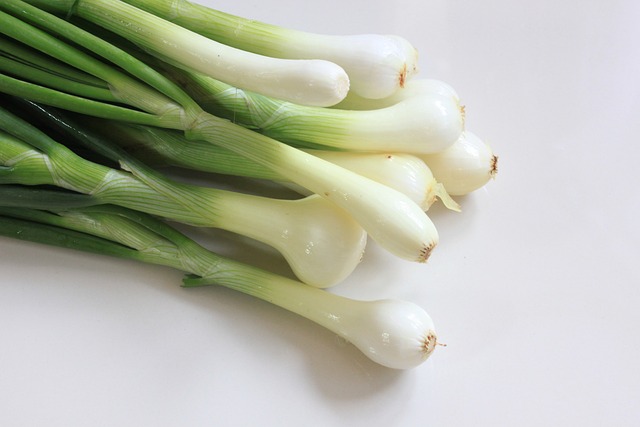
If you love onions, Japanese Bunching Onions are another fantastic addition to your garden. These little onions are also called welsh onions and belong to the onion family. They sprout in the spring and grow to about 23 inches tall.
Interestingly, they don’t make large bulbs like other onions, but rather clusters of underground white stems. These stems are delicious when harvested young, and their green tops can be used in a variety of dishes for flavoring.
Japanese Bunching Onions require full sun or partial shade and well-drained soil. They're easy to grow, so you can sow the seeds directly into the ground, about 2 inches apart. As they grow, you can gradually harvest the green stems and leaves.
19. Jerusalem Artichokes
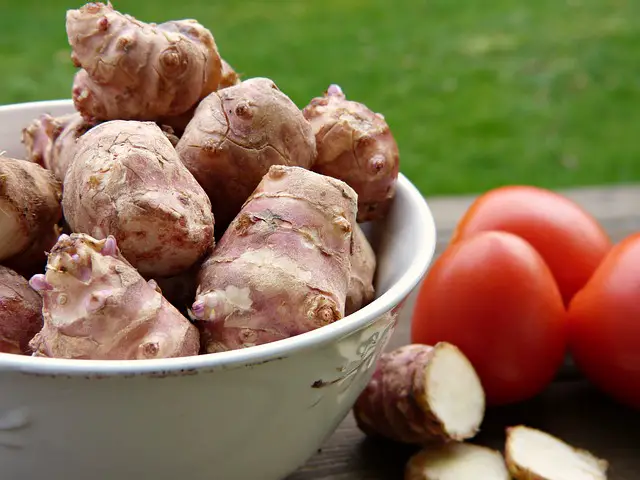
Not to be confused with globe artichokes, Jerusalem artichokes are a root vegetable that is often overlooked. These plants grow up to ten feet tall and produce small sunflower-like blooms.
Jerusalem artichokes are hardy in zones 3-9 and prefer well-draining soil that is deeply fertilized in the fall. The best time to plant Jerusalem artichokes is in the spring or fall. Once planted, keep the soil moist, weed-free, and ensure proper drainage.
20. Kiwi

Kiwi is a tasty and exotic fruit that can be grown in your own backyard. It is best grown on a trellis to support its vine-like growth, and it requires well-drained, nutrient-rich soil.
Kiwi plants prefer full sun to partial shade and should be watered regularly, but not overwatered. Kiwis are also self-pollinating, so you only need one plant to produce fruit.
21. Nine Star Broccoli
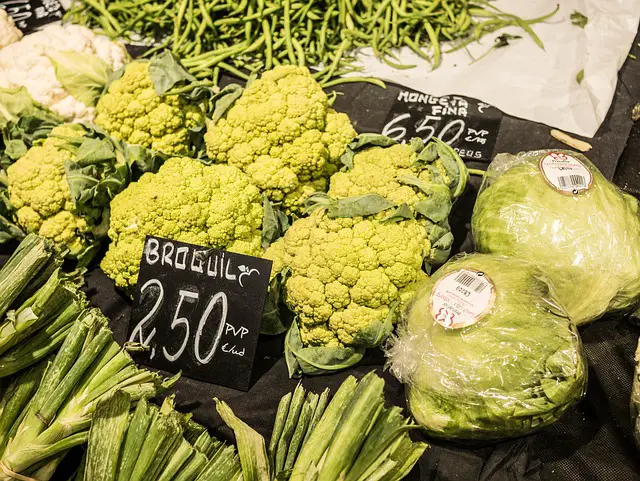
Like spinach, most broccoli varieties are not perennial, but Nine Star broccoli is the exception.
Nine Star Broccoli is a hardy perennial plant that produces broccoli florets in the spring and fall. It can grow up to three feet tall and requires well-drained soil and full sun. You won't have to worry about fertilizing it often, as it prefers nutrient-rich soil. Water it regularly, but avoid overwatering.
22. Olives
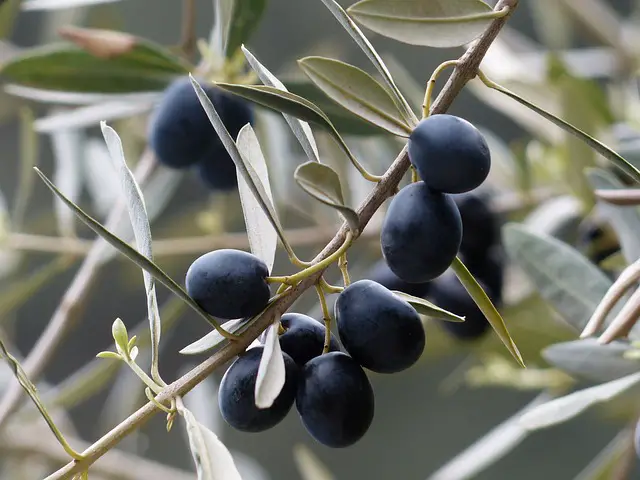
Olive trees are one of the oldest cultivated trees in the world and can live for hundreds of years. They thrive in warm climates and can tolerate drought conditions, making them perfect for areas with little rainfall.
Olive trees need well-draining soil and full sun exposure. They’re also relatively low-maintenance and only require occasional pruning to keep them in shape.
23. Peaches
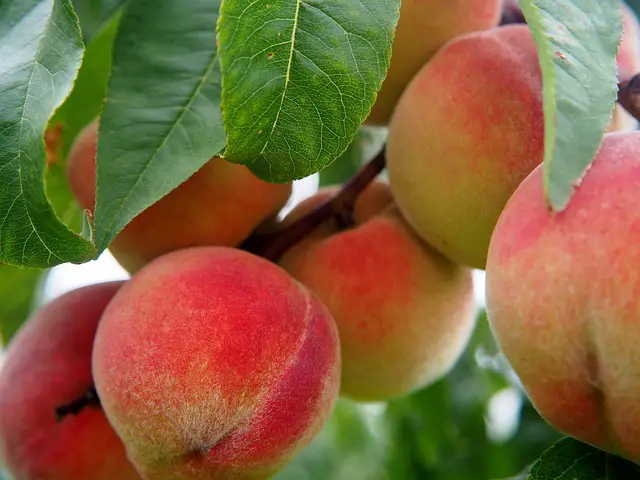
A peach tree makes a beautiful addition to any yard, with its showy pink blooms in the spring and sweet fruit in the summer.
To keep your tree healthy, make sure to plant it in a spot with full sun and well-draining soil. Water it deeply once a week, and prune it in the winter to keep its shape. With a bit of care, you'll soon be enjoying fresh, juicy peaches with your family and friends.
24. Pears
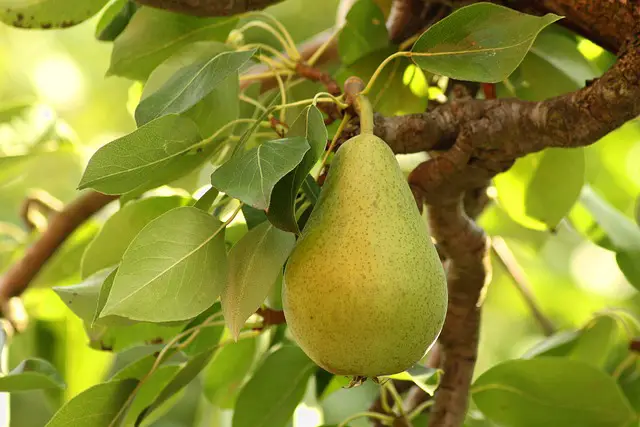
Pear trees are a great addition to any yard, with their pretty blossoms in the spring, and of course, their delicious fruit in the fall.
To care for your pear tree, make sure to plant it in a spot with full sun and well-draining soil. Water your tree deeply once a week (more during hot weather), and prune it in the winter to keep it healthy.
25. Pecans
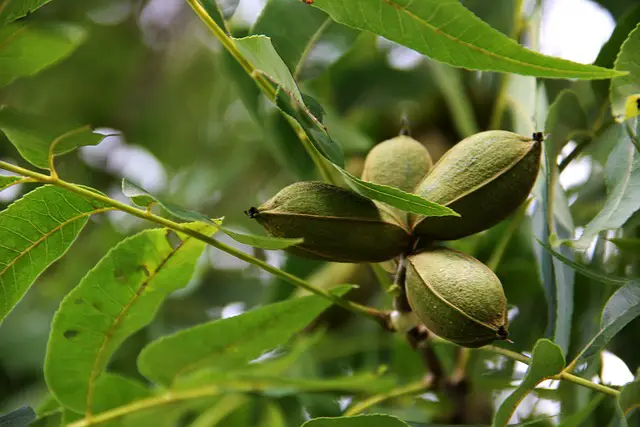
Pecans are a delicious nut tree that produces stunning yellow-green flowers in spring. They require full sun exposure and well-drained soil. Pecan trees can grow up to 100 feet tall and have a wide spreading canopy.
You may need to hire a professional to prune your pecan tree, as it requires special attention and care. Pecans also require regular fertilization, so make sure to feed them with a balanced fertilizer in the early spring and late summer.
26. Radicchio
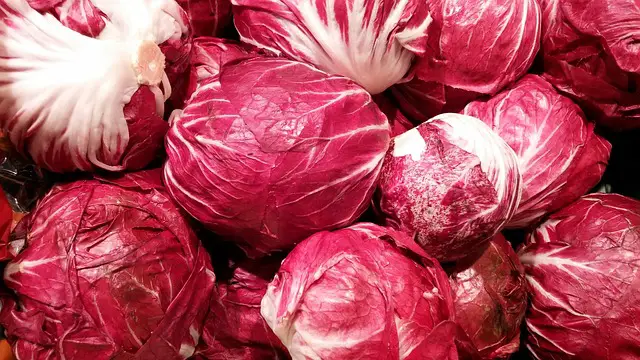
Radicchio is a beautiful, deep red leafy vegetable that has a slightly bitter taste. It is perfect for salads and can be grilled or roasted for a tasty side dish.
It prefers well-drained soil and full sun, but it can also tolerate a little bit of shade. Once planted, make sure to water it regularly, but don't let the soil become waterlogged.
27. Rhubarb
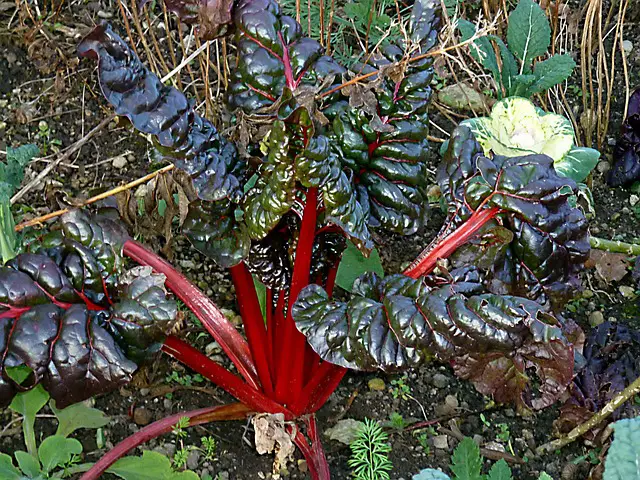
Rhubarb is a vegetable that's commonly used in pies and other desserts, prized for its tart taste and crunchy texture. It's easy to grow and requires very little maintenance.
Rhubarb likes cool weather and partial shade. It also prefers moist, well-drained soil. To keep your rhubarb healthy, harvest it in the spring and fall. Don't harvest it in the summer, as this can weaken the plant.
28. Shallots
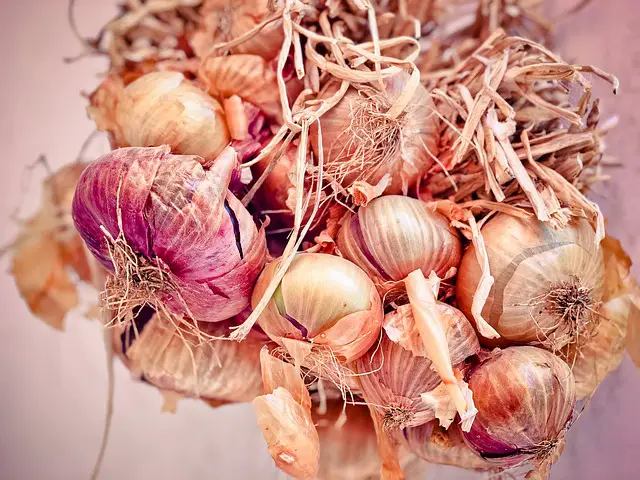
Shallots are versatile and flavorful vegetables that come back year after year. They belong to the onion family, but have a somewhat milder flavor than traditional yellow or red onions. The plant grows into bulbs that are rich in vitamins and minerals.
You can plant shallots in both the spring or fall season. Plant them 1 inch deep and 4 inches apart. They thrive in full sun with well-drained soil.
The key to success is patience, as the shallots take from 90 to 120 days to mature once planted.
Once mature, you can harvest them by pulling them from the ground with their top onion greens. Leave them to dry before storing them someplace cool and dry. If you want your shallots to come back next year, leave the bulbs in the ground and only cut the greens.
29. Sweet Potato
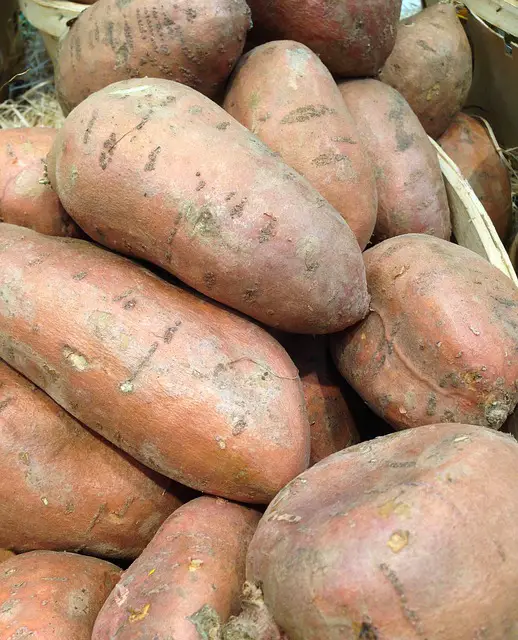
Sweet potatoes are a sprawling vine-like plant that produces delicious, nutritious tubers. They can be grown in the ground or in containers, and they prefer well-draining soil and full sun.
Sweet potatoes can be harvested in the fall, after the vines have died back. To care for sweet potatoes, make sure to fertilize the soil and water deeply once a week. With the right care, sweet potatoes will return year after year from the same root system.
30. Tree Cabbages
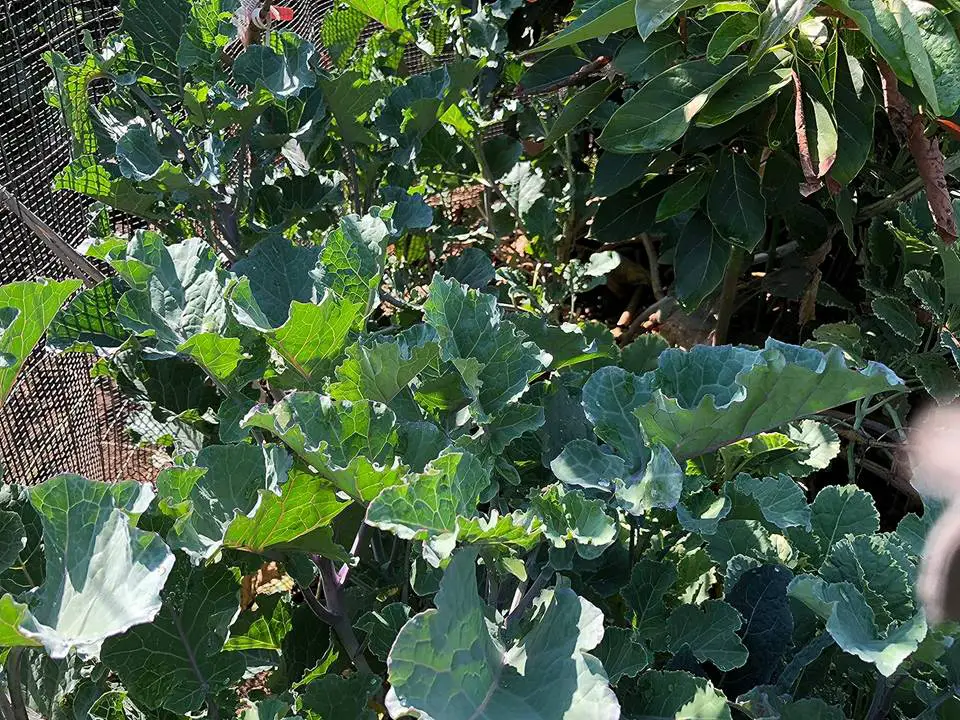
Tree cabbages are a bizarre yet fascinating plant to grow in your garden. They come in several varieties, but the most popular is the tree collard.
Unlike regular cabbage plants, which produce a head of different leaves, tree cabbages grow as a tall stem with leaves sticking out of it.
Tree collards can grow up to 10 feet tall, and they can live for years. In fact, the oldest tree collard in the world is over 130 years old!
If you live in a warm climate, you’re in luck, as tree cabbages thrive in mild to warm weather. They will need moderate watering, but don’t overdo it, as they don’t like to be in waterlogged soil.
31. Walnuts
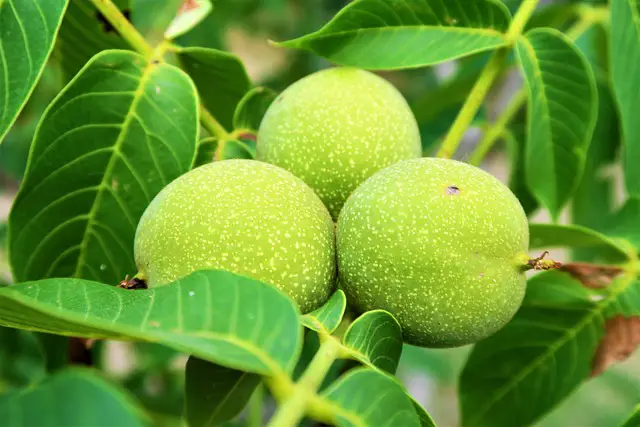
If you have a large yard, a walnut tree can be a unique and interesting addition to your landscape.
To care for your tree, plant it in a spot with full sun and well-draining soil. Water it deeply once a week, and make sure to remove any fallen fruit or debris to prevent disease. With a bit of patience, you'll soon be enjoying your very own fresh walnuts.
32. Watercress
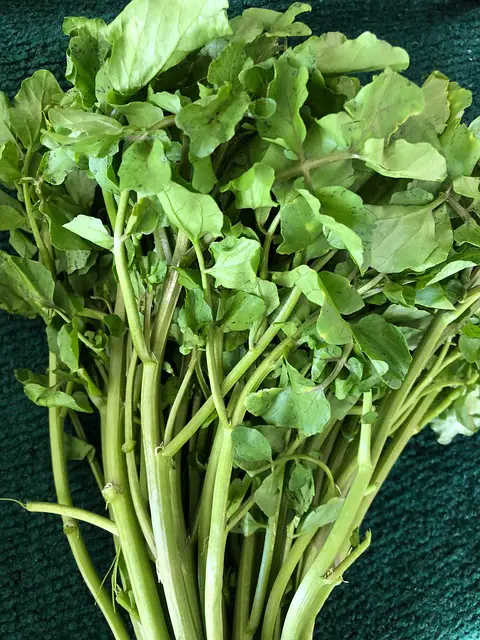
For a delicious plant that comes back year after year, you might want to try watercress. As you may have gathered from the name, watercress is a semi-aquatic plant, which means it enjoys being in damp soil or immersed in water.
Watercress requires full sun or partial shade and some daily watering. They sprout in the spring, and the leaves can be harvested from the plant all year round.
Harvesting all the leaves will encourage the plant to grow new, healthier ones. Consider eating the leaves raw in your salads or sandwiches to reap the full benefit of this wonderful green.
33. Yams
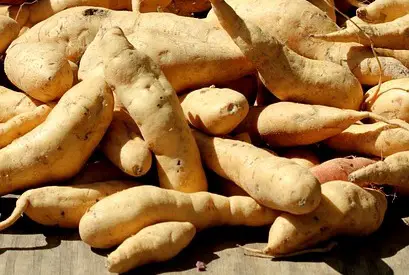
Yams are tropical plants that are grown for their edible tubers. They are hardy and can withstand a lot of different conditions, making them ideal plants for those new to gardening.
They prefer well-draining soil and a sunny location. You can plant yams in the spring and harvest them in the fall. To care for yams, make sure to fertilize the soil and water deeply once a week. Yams will return year after year if the soil is left undisturbed.
Final Thoughts
Having a garden that comes back year after year is convenient and cost-effective – not to mention, way easier when it comes to caring for your plants!
Try planting these perennials today. Before you know it, you'll have your pantry stocked with these delicious fruits and vegetables. And the bounty will last for years to come!
Like this post? Don't Forget to Pin It On Pinterest!
You May Also Like:

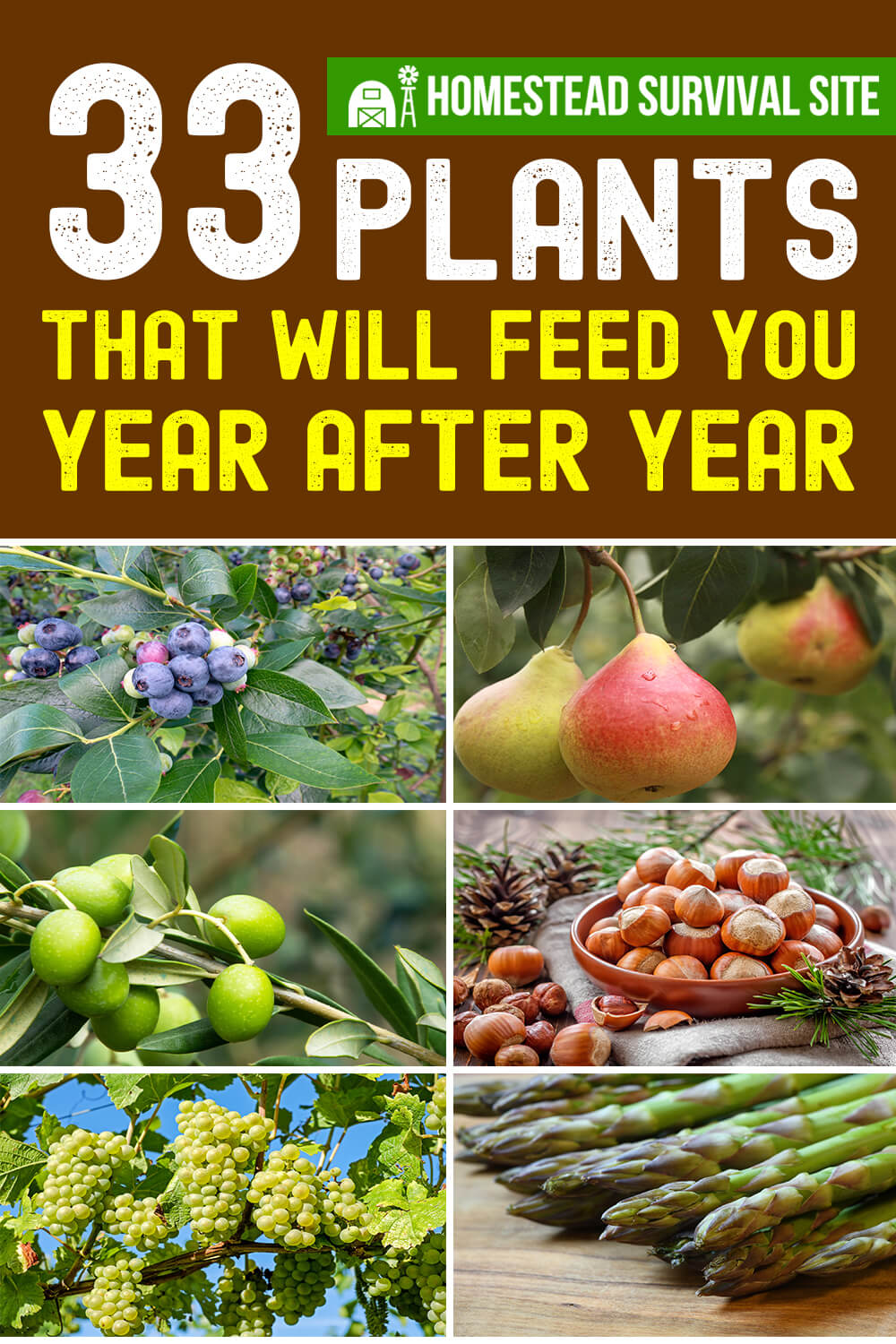


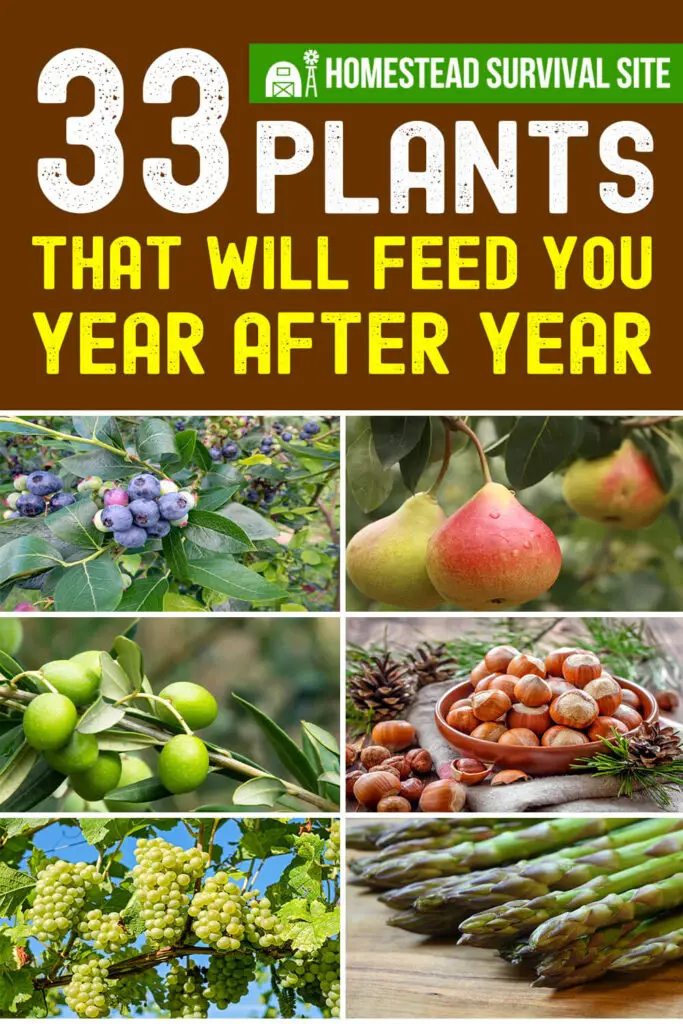



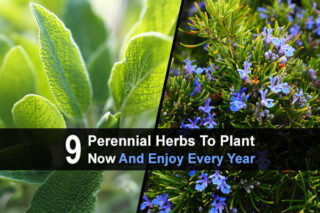
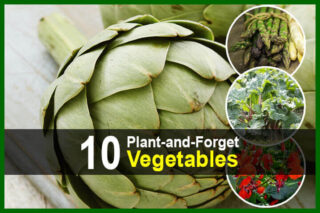
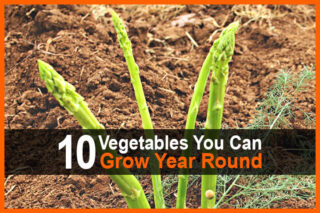
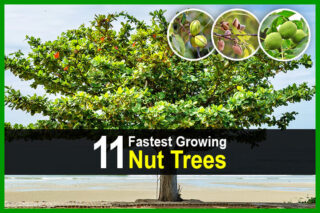

Kiwifruit are not self fertile,you have to have a male and female plants,they can be grafted on to same plant .if you don’t have both you will not get any fruit.